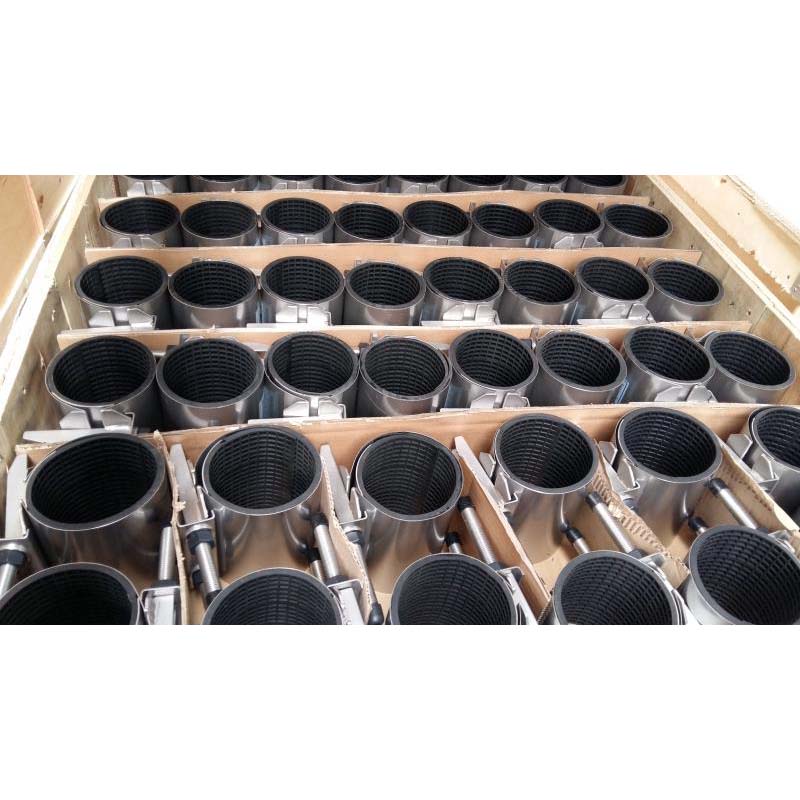Double Flanged Butterfly Valve Design for Enhanced Performance and Reliability
Butterfly Valve Double Flange Type An Overview
Butterfly valves are essential components in various industries, serving to control and isolate the flow of fluids in piping systems. Among the different designs of butterfly valves, the double flange type stands out for its versatility and reliability. This article delves into the features, advantages, and applications of double flange butterfly valves, highlighting their significance in modern engineering.
Design Features
A double flange butterfly valve is designed with two flanges on either side of the body, which allow for easy installation and maintenance. These flanges typically conform to standard dimensions, making it easier to connect the valve to existing piping systems. The valve consists of a circular disc that rotates around a central axis, allowing for efficient flow control. The resilient seat encircling the disc ensures a tight seal when the valve is closed, preventing leakage.
One of the remarkable features of double flange butterfly valves is their ability to handle a wide variety of fluids, including water, oil, gas, and even corrosive substances. Typically constructed from durable materials such as cast iron, stainless steel, or aluminum, these valves are designed to withstand harsh operating conditions.
Advantages
1. Space Efficiency Butterfly valves are compact and lightweight compared to other valve types, requiring less space in the piping system. The double flange design facilitates straightforward installation in tight quarters.
2. Cost-Effectiveness The manufacturing process of butterfly valves is generally less complex than that of gate or globe valves. This simplicity translates to lower production costs, making them an economical choice for large-scale applications.
butterfly valve double flange type

3. Quick Operation The quarter-turn operation mechanism allows for rapid opening and closing of the valve. This feature is particularly advantageous in processes that require prompt response to flow control needs.
4. Low Pressure Drop Due to their streamlined design, butterfly valves typically exhibit lower pressure drops compared to conventional valve types. This characteristic contributes to improved system efficiency and lower energy consumption.
5. Versatile Applications The versatility of double flange butterfly valves extends to various industries, including water treatment, HVAC systems, chemical processing, and oil and gas. Their ability to handle different pressure ratings and temperatures makes them suitable for a wide range of applications.
Applications
In water treatment facilities, double flange butterfly valves are commonly used to control the flow of water through treatment processes, ensuring efficient operation and minimal downtime. In HVAC systems, these valves help regulate the flow of air and refrigerants, contributing to energy-efficient climate control.
The oil and gas industry also benefits from double flange butterfly valves, where they are employed in upstream and downstream operations. Their ability to handle corrosive fluids makes them ideal for chemical processing plants, where they help to manage the flow of hazardous materials safely.
Conclusion
Double flange butterfly valves represent a reliable and efficient solution for flow control in various piping applications. With their space-saving design, quick operation, and adaptability to multiple industries, they have become a staple in modern engineering practices. As industries continue to evolve, the importance of effective valve solutions like the double flange butterfly valve will only increase, further solidifying their role in ensuring the efficient and safe movement of fluids across diverse environments.
-
The Smarter Choice for Pedestrian AreasNewsJun.30,2025
-
The Gold Standard in Round Drain CoversNewsJun.30,2025
-
The Gold Standard in Manhole Cover SystemsNewsJun.30,2025
-
Superior Drainage Solutions with Premium Gully GratesNewsJun.30,2025
-
Superior Drainage Solutions for Global InfrastructureNewsJun.30,2025
-
Square Manhole Solutions for Modern InfrastructureNewsJun.30,2025
-
Premium Manhole Covers for Modern InfrastructureNewsJun.30,2025
